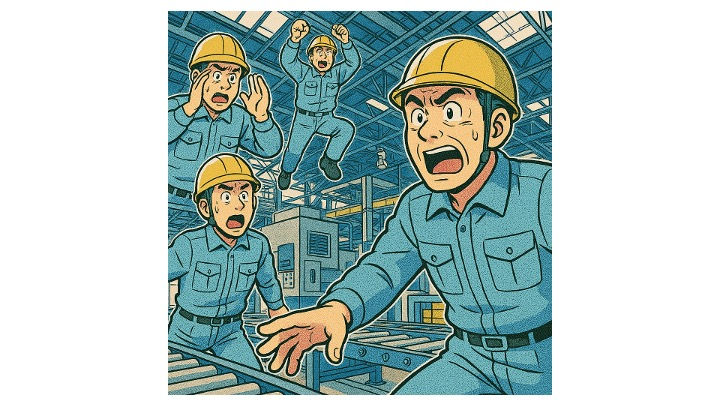Introduction "Structure" thinking
- hidet77
- May 4, 2021
- 3 min read
Updated: Jul 7, 2024

We focus on the “Structure."
The Toyota Production System has introduced many “Words,” “Concepts,” and “Tools.” Many have focused on memorizing the sounds and meaning. Some recited those words as if it were like a spell with magical power. However, there are different nuances simply because someone uses the exact words. For instance, “Kaizen,” a Japanese term, is now included in many dictionaries. Regardless of how well you pronounce it and define the meaning, we still observe variations in the nuances of reality.
Some focused more on “Numbers” and “Calculations.” They saw some boards at Toyota and immediately copied the tools and KPIs. But then, they face many issues. For example, what is “one”? When was the number generated? What is the organizational structure and responsibility of those numbers? I often see pushing the responsibility to the lowest level of the organization while the managers blame them for not accurately reporting.
Our founder and those who practice the Toyota Production System have placed significant importance on the Genba (“Actual place”). Why? We understood that the communication on the Genba allowed us to be more specific. Or communicate more than just a word or a number. What is the coach looking at or pointing to? Where is he standing? When? Who is he talking to? Even when he uses the same word, “Kaizen,” the Genba or context changes the nuances. It’s not the words or the tools that make them unique. The “recognition of the structure” behind those words makes them unique. What “Point” is he looking at? What “Points” is he connecting to change the “Lines”? How is he combining these points and lines into an “Area,” typically summarized in standardized work? How can the areas be consolidated into a “Body,” which consists of a “Mechanism” and a “System”? This unique understanding enlightens and deepens your insights into the TPS philosophies. Also, this allowed our coach and student to come to a mutual deeper understanding.
Exploring the structure behind the Toyota Production System.
We recognize the Genba based on its structure, which consists of Points, Lines, Areas, and a Body made from Mechanisms and Systems.
Points: as Euclidean geometry defines them, they do not have length, area, volume, or any other dimensional attribute. This framework is built on this definition. It’s a specific location, time, person, or method at the Genba.
Lines: Lines are formed between the points. We seek simple, short, straight lines. A complex line requires attention as a problem or opportunity to understand better.
Areas: The area is formed by the interaction of two separate lines. The area represents the roles and responsibilities of each position. Standardized work defines this area. Standardized work is the datum surface of organizations, connecting theory and the shop floor or reality.
Body: A body is both a Mechanism and a System. The mechanism must provide correct services for the standardized work to operate correctly. Often, problems prevent the mechanism from functioning properly. The system is designed to help/support and problem-solve such issues. The two are separately identified, not blended.
The elements of operations—Man, Machine, Material, Method, and Management—are recognized as the above structure. Then, standardization and Kaizen.
By focusing on the above structure, we avoid vagueness. Our activity becomes specific.
Note that many of the “structures” are not necessarily TPS-specific. Engineering, management, and other subjects provide many of the concepts. That is because TPS is not a stand-alone system. It is part of an organization's management. In today’s management, the agenda is becoming increasingly complicated. Yet, if we keep adding things, most organizations will collapse. This view allows topics to integrate into reality by focusing on the structure and eliminating the waste within the concepts. Strategy, human development, etc., are captured as multi-dimensional activities built based on the above activities on the shop floor.
Last, this is about something other than generating another long list of words. You can adequately diagnose unfamiliar situations by developing understanding habits in this structure. It helps you discover and deepen your understanding.



Comments